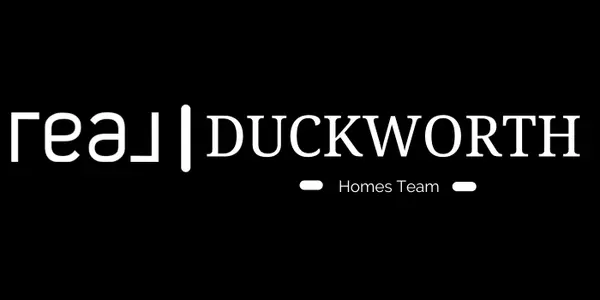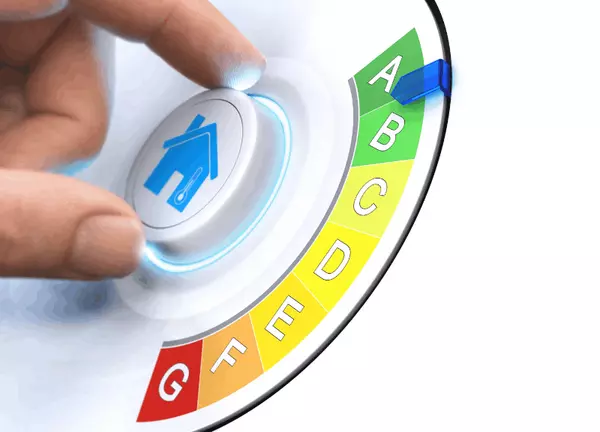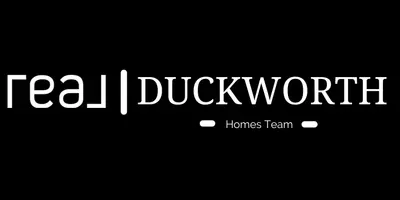Demonstrating Proof of Income for Self-Employed Individual

Proof of Income for Self-Employed Individuals: A Comprehensive Guide
Considering a self-employed career and curious about how to demonstrate your income? This guide explores various methods for self-employed individuals to provide proof of income.
Embarking on the best career path can be both exhilarating and challenging, with many opting for self-employment. The reasons for this choice vary, including independence, wealth, personal satisfaction, or flexibility. Regardless of the motive, proving income is crucial for financial transactions like loans, rentals, and more.
For traditionally employed individuals, income verification often comes in the form of pay stubs or employer-issued income letters. Self-employed individuals, however, face a slightly more complex situation, though it's less daunting than it appears.
Various methods exist for self-employed individuals to show proof of income. While consulting a professional is advisable for actions like home buying, it's not mandatory for proving income. This process is simpler than it might seem.
If you're considering self-employment, understanding how to demonstrate proof of income is essential. This guide provides valuable insights into the process.
Continue reading to discover methods for self-employed individuals to prove their income.
1. Understanding Proof of Income
2. Utilizing the 1099 Form
3. Creating Profit and Loss Statements
4. Providing Last Year's Federal Tax Return
5. Maintaining Receipts and Sales Records
6. Keeping Bank Statements
7. Generating Pay Stubs
1. Understanding Proof of Income: Proof of income refers to the documents or evidence showcasing a person's earnings over a specific period. This proof is necessary for various purposes, such as confirming financial stability, loan repayment capabilities, fulfilling financial obligations, or accessing government benefits. The form of this proof varies based on employment status.
For major financial decisions like home purchases, proof of income is indispensable as lenders assess your repayment capacity. Saving extensively before such purchases is beneficial.
Self-employed individuals can use various documents as income evidence. While the process might seem intricate, it's quite straightforward. Different entities, like banks, may prefer specific types of proof, such as tax documents or payslips.
Types of proof of income include tax returns, bank statements, court-ordered payments, social security benefits, W-2 or 1099 forms, and income letters. Ensure your proof includes your full name, date, and other identifiers like social security or ID numbers.
Income types vary, encompassing earned income (like wages or tips) and unearned income (such as unemployment benefits or pensions). Always verify the accuracy and currency of your income proof.
2. Utilizing the 1099 Form: The 1099 form is crucial for self-employed individuals, providing an official income record for the IRS. It's typically received from clients or businesses that pay for your services and is crucial for various types of self-employment, investments, contracting, or rental income. Different 1099 forms exist, so ensure you're using the correct version.
This form is widely accepted by institutions, easing the process of income verification. Landlords, lenders, and government entities often recognize the 1099 form as valid income proof. It's also useful for identifying discrepancies in reported income, crucial for IRS dealings.
Sometimes, not all income may be reported on your 1099 form. In such cases, bring additional documentation to provide a comprehensive income record.

3. Creating Profit and Loss Statements: Profit and loss statements depict your business's financial performance over time, showing net income after expenses. These statements are vital for business owners and stakeholders to assess the company's financial health.
Such statements, typically used by business owners and self-employed individuals, are less common among traditionally employed individuals. They can be prepared with the help of an accountant or using software.

4. Providing Last Year's Federal Tax Return: Federal tax returns from the previous year are commonly used by self-employed individuals as income proof. These returns detail individual income, expenses, deductions, and tax liabilities.
Filing tax returns as a self-employed individual involves organizing financial records, including income statements, invoices, and bank statements. Self-employed individuals often complete Schedule C forms to report income and expenses.
In cases where not all income is reported on tax returns, additional documentation may be necessary. Seeking assistance from a tax professional or accountant can be beneficial, similar to consulting real estate experts during home purchases.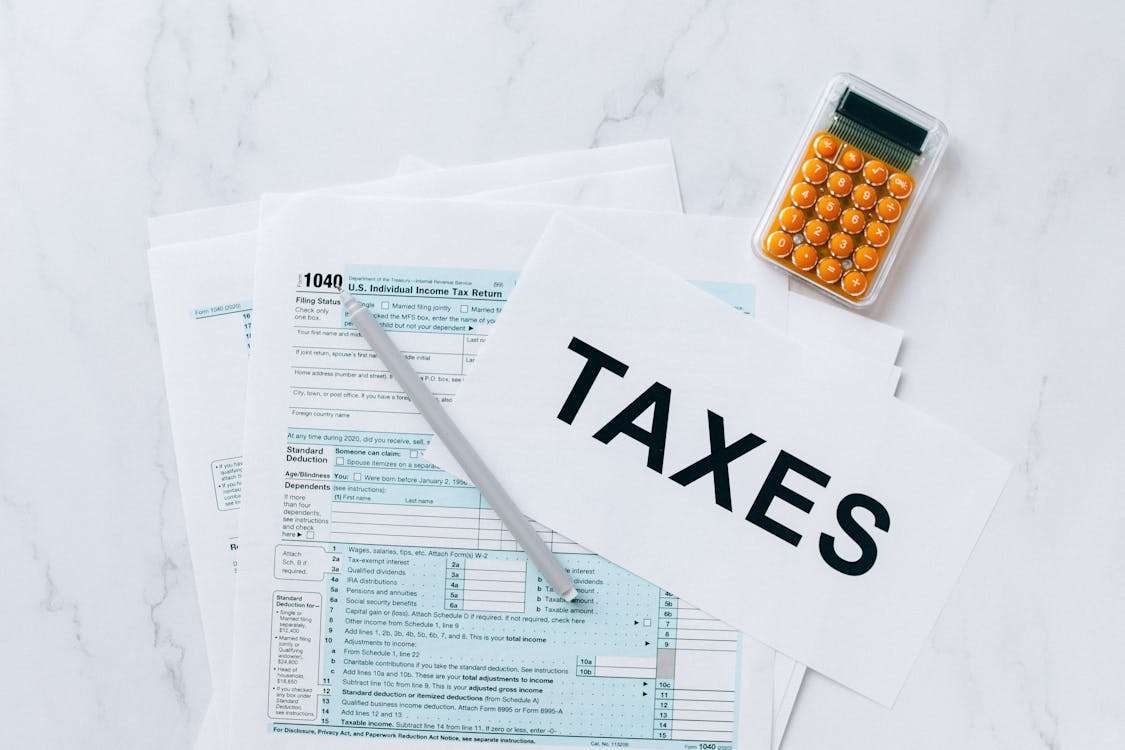
5. Maintaining Receipts and Sales Records: Businesses need to keep records of client or customer payments, which can take various forms, such as electronic payment confirmations or receipts. These records are vital proof of income.
Online payments from clients or customers are legitimate income proof, but ensure a comprehensive report of all payments is generated. Receipts and sales records should be well-organized, detailing sale dates, client names, transaction types, and provided services or products.
When applying for financial agreements, it's crucial to explain how these records accurately represent your income.
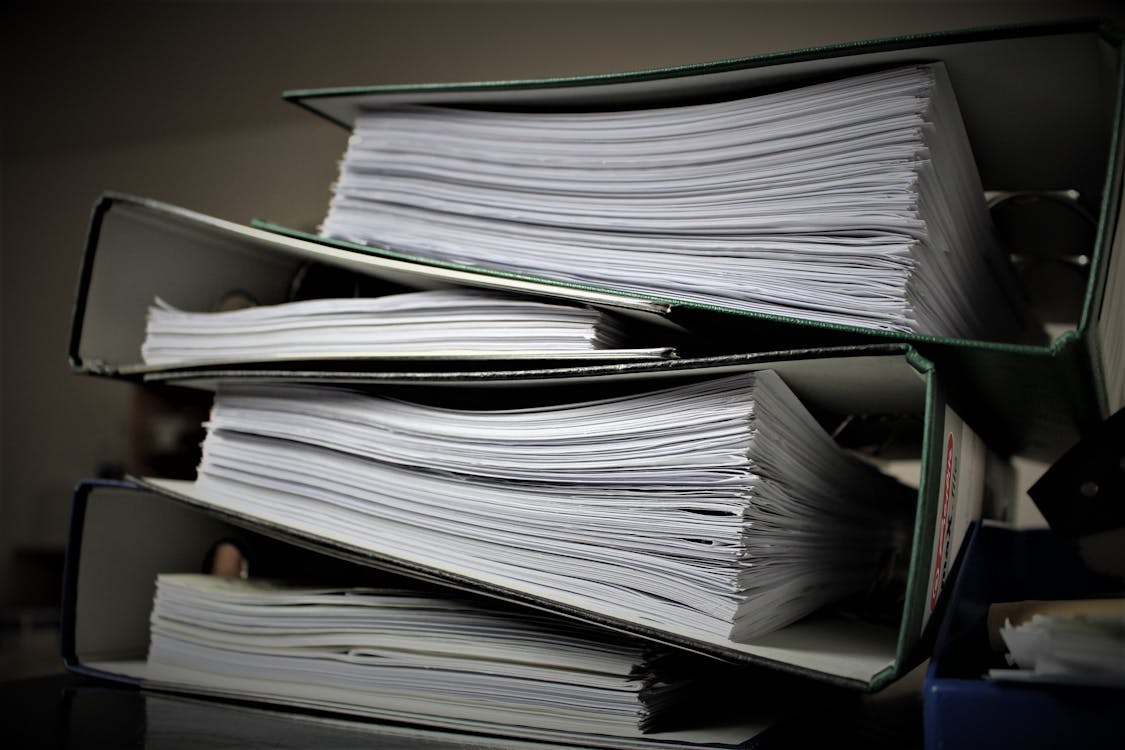
6. Keeping Bank Statements: Bank statements display all business-related deposits, reflecting incoming payments from clients or sales. Self-employed individuals should consider maintaining separate business accounts to streamline financial transactions and avoid mixing personal and business finances.
Ensure your bank statements accurately categorize incoming payments and business expenses. Bank statements are not only useful as income proof but also assist in financial planning and record-keeping.
Bank statements can be obtained online, from banks, or through mailed paper statements. Ensure the information is current and accurate to avoid issues when using them as proof of income.

7. Generating Pay Stubs: While pay stubs are typically associated with traditional employees, self-employed individuals can also create their own, accounting for deductions like Social Security and Medicare. Using online generators simplifies this process, providing a proper format and verifying information.

However, ensure that the intended recipient accepts pay stubs as valid income proof and supplement them with other documents like bank statements and tax records.
FAQ: Proof of Income For Self-Employed Individuals
- How do self-employed individuals generate pay stubs?
- What is an income statement for the self-employed?
- Can bank statements serve as income proof?
- What constitutes proof of income?
- What is required as proof of income for a loan?
Conclusion: When presenting these documents, ensure the information is accurate, current, and well-organized. Different institutions may have varying requirements for proof of income, so confirm which documents are necessary for your specific purpose.
Proof of income is often required for loans, and one common mistake among first-time homebuyers is not securing mortgage pre-approval. For this, proof of income is essential.
Once your income is verified and you're approved for a loan, you're ready to find your ideal home. Consider the rapidly growing areas of Rhode Island and Massachusetts, where the real estate market is thriving. For assistance in your home-buying journey, don't hesitate to contact real estate specialists who can guide you through the process.
Categories
Recent Posts


